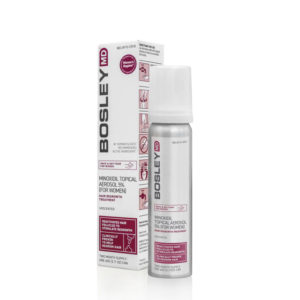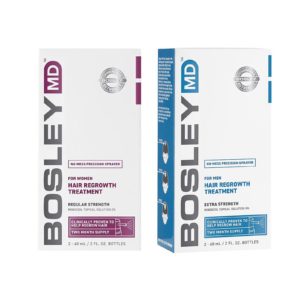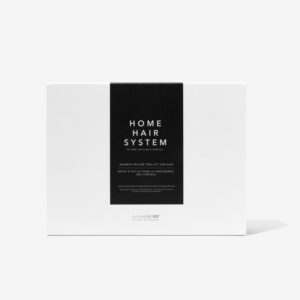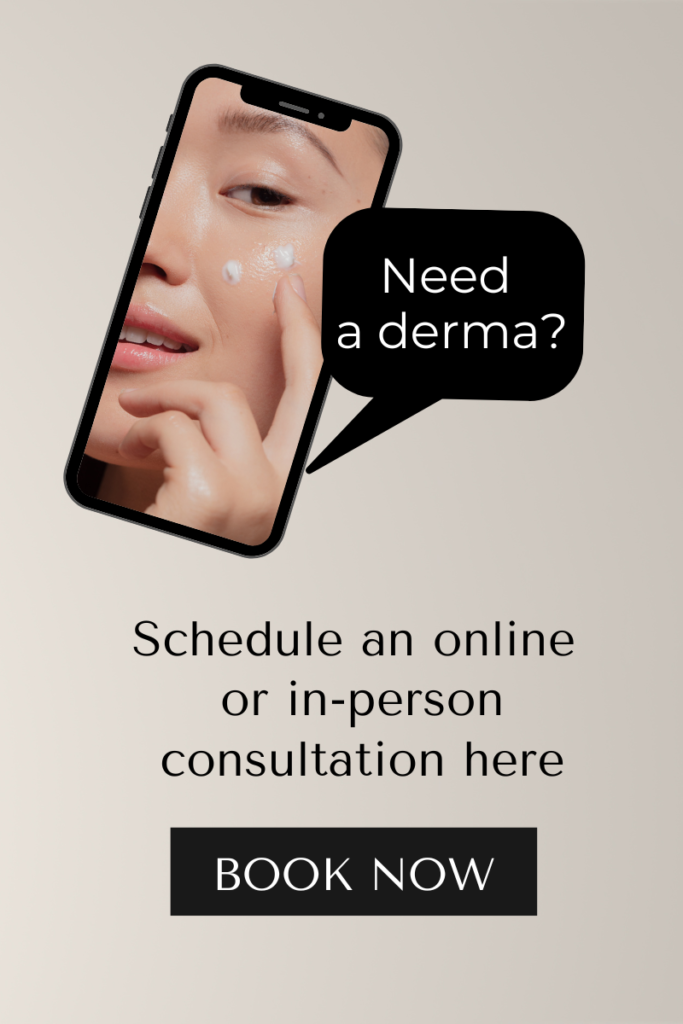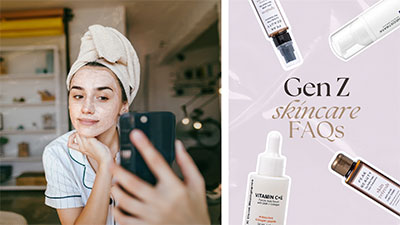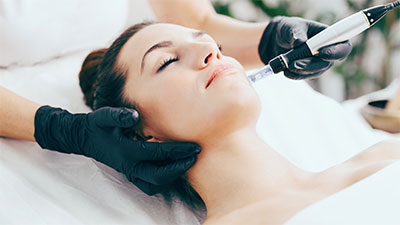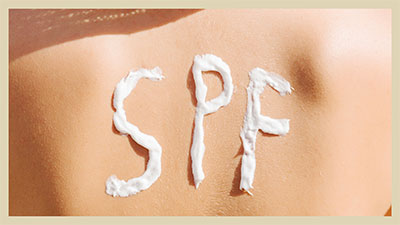Is My Hair Fall Normal or a Sign of Female Pattern Baldness?
Here’s how to know if your shedding is already a cause for worry.

One day your locks are thick and lustrous, the next day you’re obsessing over the sudden widening of your part or increasing hair fall. If you’re in the latter season, know that hair thinning is normal and is a part of the aging process, especially if you’re in the menopausal period. But if you’re noticing dramatic changes, it pays to get checked for a condition called female pattern baldness (FPB).
Also known as androgenetic alopecia, female pattern baldness is a common form of hair loss in women. It involves a progressive thinning of the hair on the scalp due to genetic and hormonal factors. Unlike typical hair shedding, which is a part of the natural hair growth cycle, FPB leads to a noticeable reduction in hair density over time.
Female Pattern Baldness vs. Normal Hair Fall
Innocent hair fall, also known as telogen effluvium, is usually temporary and often triggered by factors like stress, illness, or hormonal changes. (Read more about it here.) It results in a diffuse shedding of hair but doesn’t typically lead to permanent thinning or balding. In contrast, FPB is a chronic condition where hair follicles shrink, producing finer and shorter hairs until they eventually stop producing new hair altogether.
What are the signs of female pattern baldness?
The signs of FPB can be subtle at first but become more noticeable as the condition progresses. Some of the telltale signs to watch for:
- Thinning hair: The most common sign is a gradual thinning of hair on the crown and frontal areas of the scalp.
- Widening part: Many women notice their part widening over time, showing a more visible scalp.
- Reduced hair volume: Hair starts to feel and look less voluminous—your ponytail feels less full.
- Receding hairline: Unlike men, women rarely experience a receding hairline with FPB, but it can occur in some cases.
Who is at risk?
FPB can affect women of all ages, but the risk increases with age. Those with a family history of androgenetic alopecia are more susceptible. Hormonal changes due to menopause or conditions like polycystic ovary syndrome (PCOS) can also elevate the risk. Plus, certain medications, chronic stress, and nutritional deficiencies can contribute to the development of FPB.
Dealing with female pattern baldness
Addressing FPB involves a multifaceted approach, combining lifestyle changes, treatments, and supportive habits. Here’s a step-by-step course of action you can take to manage the symptoms and effects of FPB:
- Consult a dermatologist. The first step is to consult a dermatologist or trichologist to confirm the diagnosis and rule out other causes of hair loss. Aside from assessing your hair and your symptoms, they may also perform tests (ex. blood test) to determine the underlying cause.
- Start with the recommended treatment. Once FPB is confirmed, your doctor will prescribe treatments and/or a regimen for you to follow. Some of the most common treatments are:
○ Minoxidil: A popular hair helper, this is an over-the-counter topical treatment that stimulates hair growth. It’s the only FDA-approved treatment for female pattern baldness. Also read: Read This Before Using Minoxidil (It’s Not For Everyone!).Try: Bosley Men’s / Women’s Extra Strength Minoxidil 5% Topical (Foam), P2,800
This leave-in formula is available in an easy-to-apply foam format and comes in two variants: for Men and Women.Bosley Hair Regrowth Treatment (Dropper), P2,600
This topical solution has a lower concentration compared to the foam formula: 2% for women (ideal if your scalp is sensitive).○ Oral Medications: In some cases, doctors may prescribe oral medications Dr. Maximin Navarro, resident dermatologist at Bella Pelle Skin Solutions, says, “Prescription drugs such as oral meds such as finasteride, minoxidil, and spironolactone are available. He also recommends supplementing with Iraltone AGA Capsules, a food supplement formulated for the management of chronic hair loss.
○ In-clinic treatments: Devices like laser combs or caps designed to deliver low-level laser therapy (LLLT) can stimulate hair follicles and promote growth. Dr. Navarro also recommends Meso Hair, a type of mesotherapy treatment using intradermal injections of Vitamin B complex and other essential nutrients into the scalp, as well as ASCE+ Therapy, which uses exosomes to revitalize the scalp and hair. (View treatments here.)
Prefer professional treatments you can do at home? Check out the AnteAGE MD Home Hair System, a complete kit designed to reawaken sleeping stem cells inside your hair follicles.
- Switch to a gentle hair care routine:

Vanicream Shampoo, P1,850
Conditioner, P2,100○ Use mild shampoos and conditioners. Opt for sulfate-free, nourishing products to avoid stripping the hair of natural oils. Try: Vanicream Shampoo, P1,850, and Conditioner, P2,100.
○ Avoid heat treatments and harsh products: Minimize the use of heat styling tools and chemical treatments that can weaken the hair.
○ Treat yourself to regular scalp massages. Massaging the scalp can improve blood circulation and promote healthier hair follicles. - Adopt a hair-friendly diet:
○ Eat more nutrient-rich food: Incorporate foods rich in vitamins A, C, D, E, zinc, iron, and omega-3 fatty acids. Leafy greens, nuts, seeds, fish, and lean meats are excellent choices.
○ Supplement your diet: Consider supplements like biotin, vitamin D, or a multivitamin designed for hair health, especially if you have dietary restrictions. (Also read: Need a Hair Boost? Try These Oral Supplements from Iraltone) - Manage your stress: Yes, chronic stress can exacerbate hair loss. It would benefit you well to incorporate stress-reducing practices such as yoga, meditation, or regular physical activity into your routine.
Get expert help today
By understanding the signs, risk factors, and treatment options for FPB, female pattern baldness need not be a worrisome ordeal. Guided by a professional, you can definitely take proactive steps to manage it—and its effects.
For customized skin and hair care recommendations, you can book a face-to-face or virtual dermatological consultation with Dr. Maximin Navarro, our resident dermatologist and a Philippine Dermatological Society (PDS) fellow, here. You may also contact the Bella Pelle Skin Solutions Clinic at (+63) 999-887-1933. For a full list of facial services and other treatments, click here.
Bella Pelle Skin Solutions is located 2/F L Building, #142 Katipunan, Brgy. Saint Ignatius, Quezon City. The center is open Monday to Friday, from 9 a.m. to 6 p.m.
For more beauty and skincare tips, subscribe to our newsletter:
SHOP OTHER PRODUCTS:
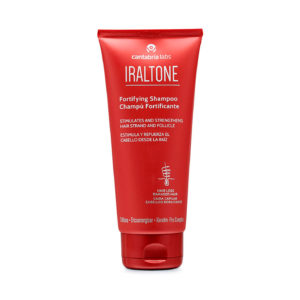 Iraltone Fortifying Shampoo, P1,250 |
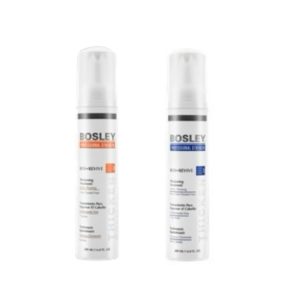 Bosley BOSRevive Thickening Treatment, P2,750 |
 Bosley Professional Strength Follicle Energizer, P2,100 |
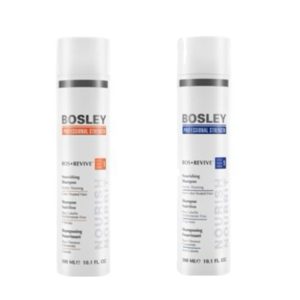 Bosley BOSRevive Nourishing Shampoo, P1,800 |

